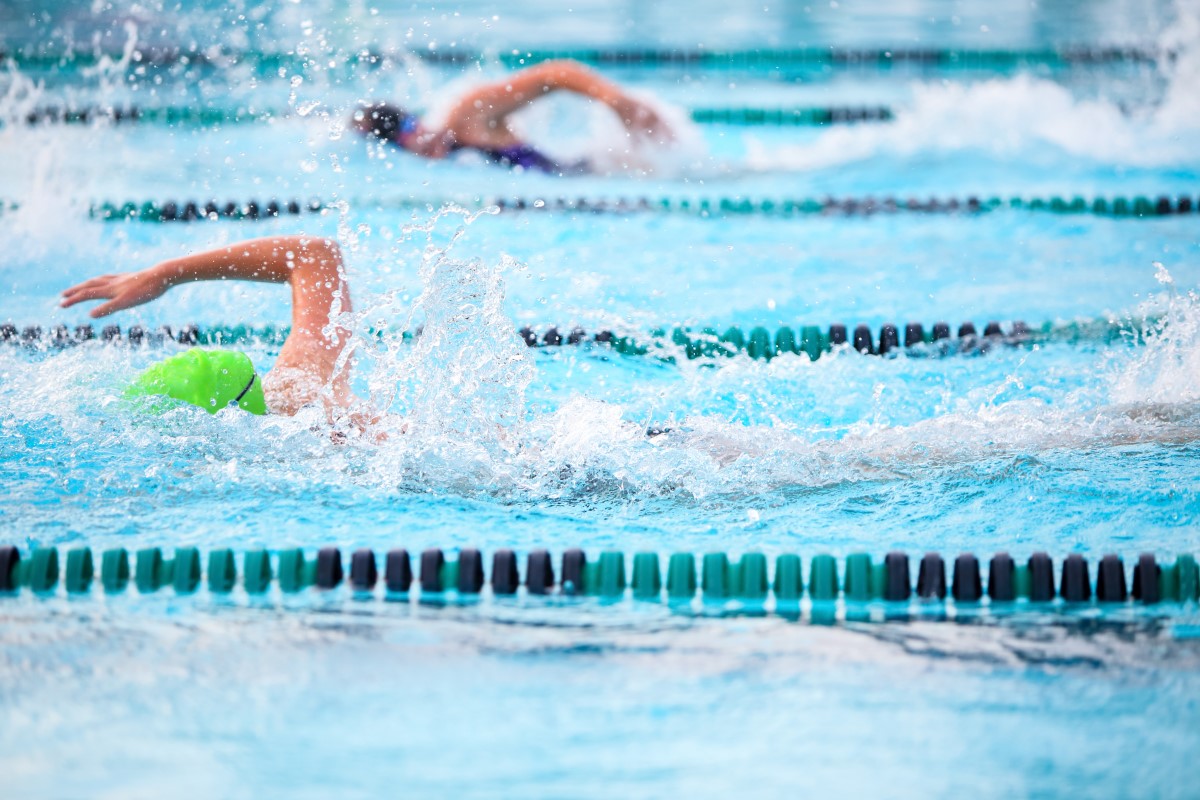
Effectively Teaching Swimming Lessons to Children with Disabilities:
An Interview with AquaMobile Swim School instructor Catherine Lau
Catherine Lau is a Certified Lifeguard and Swim Instructor. Catherine has over 7 years of experience teaching people who have physical or developmental disabilities how to swim. She is working on her Masters of Applied Disability Studies.
In this interview, Catherine shares her experience and advice about teaching children with disabilities how to swim and become comfortable in the pool.
Q: Catherine, can you tell us about your experience as a lifeguard and swim instructor working with children with disabilities?
A: I have worked in a variety of aquatic settings such as hospitals, lakes and private pools. I have worked at Bloorview Kids Rehab Hospital since 2005. Additionally, I assist in aquatic therapy programs, educational pool therapy as part of the school and recreational swimming. I was also a lifeguard and senior camp counsellor at Peacekeeper Park’s Special Needs Adventure Camp. It’s an overnight adventure camp for kids with developmental or physical disabilities. I love working with kids, especially in the water!
Q: What attracted you to get involved in the Integrated Education Pool therapy at Bloorview?
A: It’s an interesting idea to integrate pool therapy into the children’s school day. As a student, I would have been excited to have swimming as part of my classes. I wanted to be a part of this!
Q: What has made you most successful when teaching swimming to children with disabilities and how do you use these skills with your students at AquaMobile?
A: There are four main things I focus on:
- Stroke breakdown: It’s important to break skills down into small and easy-to-understand steps. Students should learn each component of the stroke before putting it all together. This ensures that students are not overwhelmed.
- Patience: Being patient is an important part of being a teacher. This is especially when introducing swimming to kids. It can take a while to learn a new skill and once one’s learned, they will not forget it.
- Customize the lesson to each student: Personalized lessons are an essential part of learning. Tailor the lesson plan to the student to focus on areas that need improvement each lesson. This does not work during group swimming lessons. So the student does not always improve and learn as quickly.
- Incorporate songs and games: Songs and games are a great distraction for kids who are hesitant about getting into the water. It also helps students remember and practice the skills that are “hidden” in the games. Making learning fun is key to cultivating an interest in swimming!
Q: Can you give an example of how you keep your students interested in swimming lessons?
A: I often use stories or motivational tools to get the kids excited about each component of the lesson. I let the student choose a few toys they would like to play with within the water. Then we use them throughout the lesson. This helps them feel like they’re playing rather than learning. The orange seahorse and sinking marbles are a big hit!
Q: Can you share one of your ‘swimming success’ stories?
A: I had one student who was afraid of getting into the water. I used gradual steps to get her to be more comfortable in the pool. I brought a tub that I filled with pool water and we played in the tub, blew bubbles, and she was even comfortable putting her face into the tub to blow bubbles. With a bit of time, she was comfortable getting into the pool to learn how to swim!
Q: In your opinion, why are swimming skills important for every child to learn?
A: Swimming is a skill that a child learns that will stay with them throughout their life. Being comfortable around water is important. This ensures the individual does not avoid opportunities like getting on a boat or venturing into a lake or ocean from the beach.


